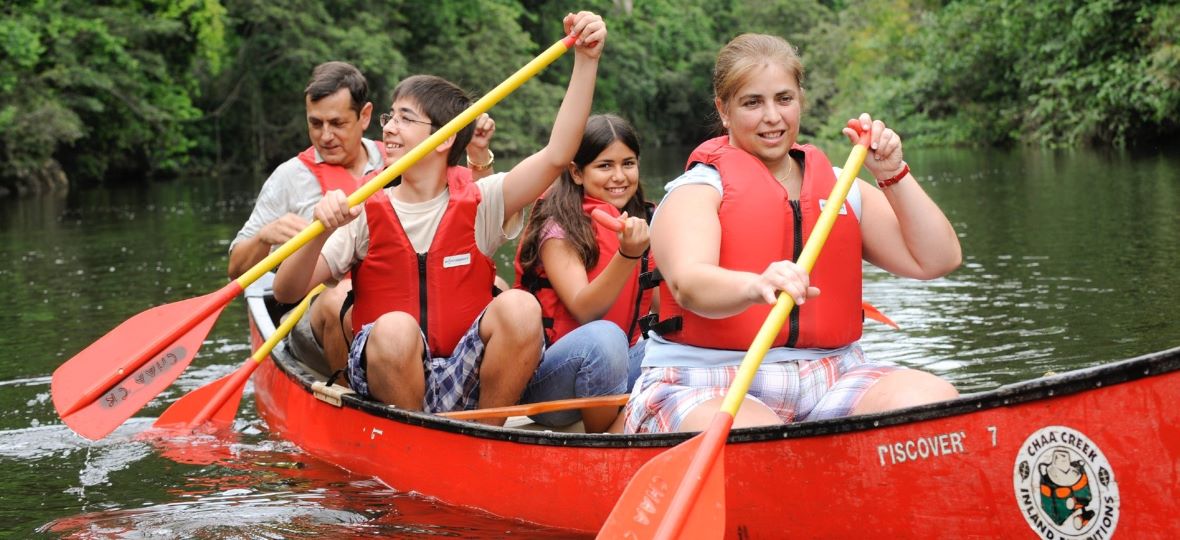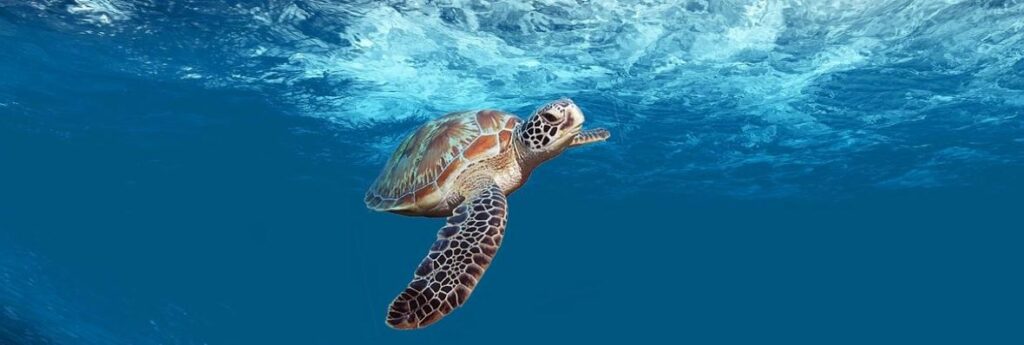With Canadians planning and, indeed, actually edging closer to their next vacations, Belize is rolling out the welcome mat for citizens of this country, touting industry-leading health and safety protocols and well-known natural attributes that are high on sustainability.
Belize minister of tourism Anthony Mahler emphasizes the importance of the Canadian market, telling Travel Industry Today that this country makes up about 10% of visitors – about 50,000 per year – to the Central American nation, but also, importantly produces a higher spend than most during an average stay of 10 days. Moreover, Mahler points out that there is a large Canadian ex-pat community in Belize, including snowbirds, and that many more typically visit via cruise ships.
With travel searching and planning a priority for many as the pandemic protocols start to ease and “a light at the end of the tunnel” begins to shine, the Belize Tourism Board (BTB) has also unveiled a new travelbelize website. Designed to be the country’s official resource centre for travellers, it includes immersive videos and imagery, a virtual interactive map, and a modified flight map to help travellers, and those who book them, plan their stay, and discover a myriad of adventure opportunities, natural attractions, and the cultural diversity.
Additionally, it details the country’s acclaimed Tourism Gold Standard program and WTTC Safe Travels status, the former based on a nine-step process that hotels, tour operators, attractions, and other tourism-related businesses (such as taxis) must implement to be allowed to operate.
Visitors – who are required to show proof of vaccination at least 14 days before arrivals or negative results of a PRC test taken within 96 hours of travel (otherwise will be tested at cost upon arrival) – are required to stay in a gold-standard hotel and must show proof upon arrival that they are. Notably, visitors are no longer required to download the Belize Travel Health App as before.
Mahler says Belize takes the pandemic “seriously,” adding, “It is vital that we are adequately prepared for the return of our guests, and the key to our success lies in developing a strategic framework to ensure a safe and secure experience…”
As such, and with a current COVID-19 case count of just over 300 people in the entire country (as of July 5), he maintains, “We are one of the safest destinations in the world.”
Belize is also one of the most sustainable, he continues, not least because of the destination’s reliance on nature and eco-adventures as the basis of its tourism product.

Adorned with undisturbed flora and fauna, Belize is a sprawling green oasis, featuring tropical rainforest, nature reserves, and ‘no-take’ marine zones that position the region as a largely unspoiled natural wonderland that uniquely links North and South America.
At the same time, the country’s top attraction is its 300-km long barrier reef, making the country’s coast a mecca for divers and snorkelers, with Maher noting, “If you’re a diver, Belize should be on your list of places you want to visit.”
Here is a brief look at Belize’s seven distinct regions:
• Northern Belize: An ideal destination for the ‘off-the-beaten-path’ adventurer, where visitors can have an unspoiled adventure and explore historical sites like Lamanai, one of the largest Maya Sites in the country.
• North Islands: Home to numerous cayes, including Ambergris Caye (the largest island in Belize), the islands are water adventurer’s dream, with stellar snorkeling and diving along the Belize Barrier Reef, the Great Blue Hole, Shark Ray Alleym and Hol Chan Marine Reserve.
• Belize City: A laidback getaway on the central coast with great fishing and rich Creole culture, history and colonial structures, the Belize zoo, and canoeing in the Crooked Tree Wildlife Sanctuary.
• Western Belize: Adventure-land, with activities ranging from tree-top ziplining to caving and river tubing. Home to Belmopan, the capital city, which boasts lively and vibrant markets and is a gateway to eco-activities for any level of adventurer.
• Southeast Coast: Defined by adventure and beaches, the “Coast with the Most” boasts Cockscomb Basin Wildlife Reserve, the first jaguar sanctuary, ziplining in Mayflower Bocawina National Park, plus more than 25 kilometres of palm tree lined beaches.
• Southern Belize: Ideal for family vacations, visitors can explore Toledo District and Punta Gorda town, and stroll through many colourful markets. Southern Belize is laden with culture, which is celebrated every Nov. 19 by the Garifuna with the Battle of the Drums and Food Fete.
• Belize Reef: A UNESCO World Heritage Site comprised of 400 cayes and three atolls (coral islands), including renowned Lighthouse Reef Atoll, Great Blue Hole and Half Moon Caye. Each atoll offers a completely different kind of diving experience and for non-diving adventures, Glover’s Reef is a remote area where visitors can stand-up paddleboard, kayak, try fly-fishing and more.
A former British colony that achieved independence in 1981, Belize’s official language is English, though “over the years, we’ve been Latinized,” says Mahler, with creole widely spoken (as well as Spanish).
The country, which has the lowest population and population density in Central America, is also politically and socially stable in an otherwise often troubled neighbourhood.
Mahler notes that Canadians can generally reach Belize easily with typically steady lift from this country. Post-pandemic, WestJet will begin service on Nov. 3 (from YYZ) through to April 30, 2022, while Air Canada is expected to fly again in 2022.

